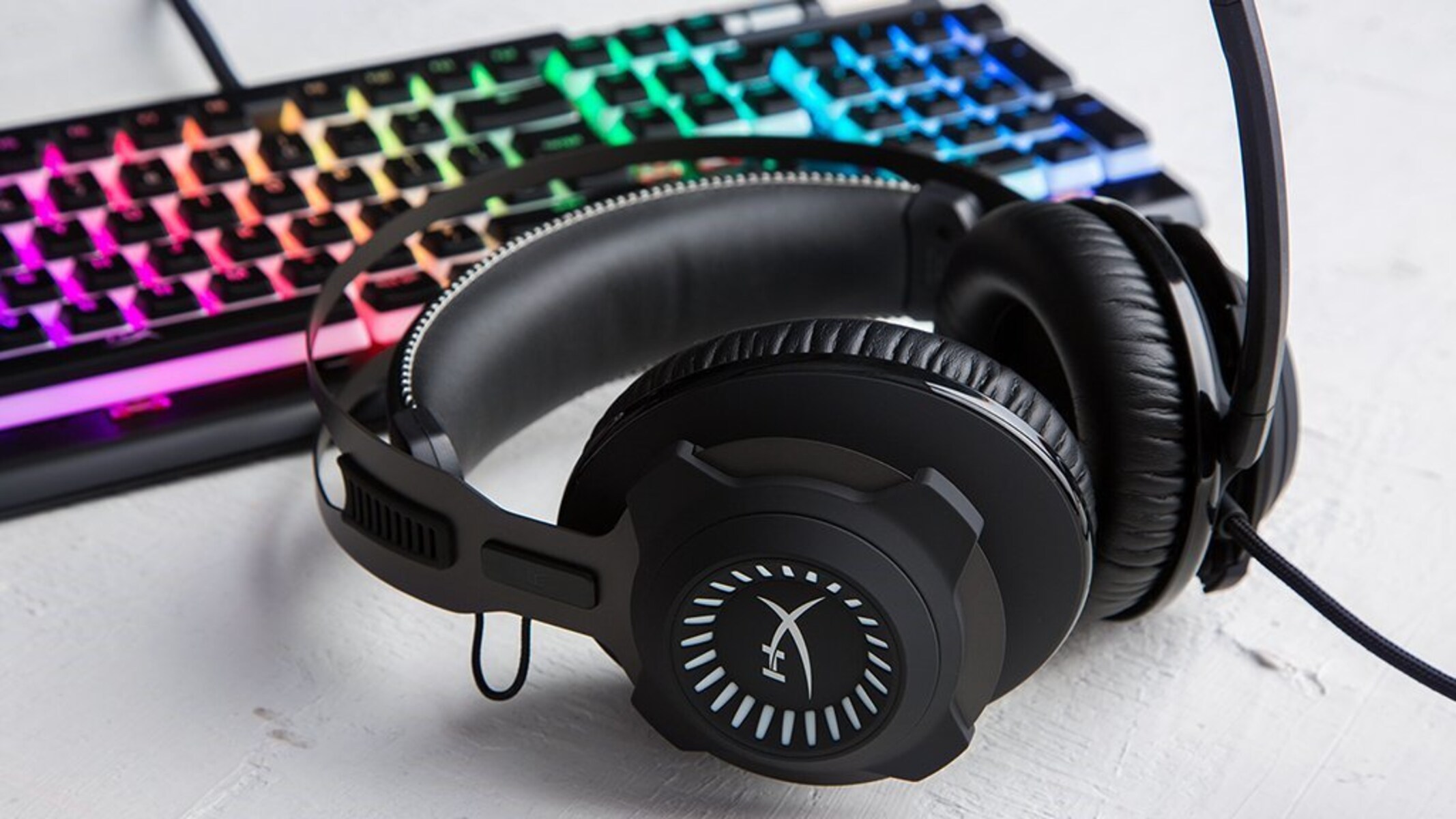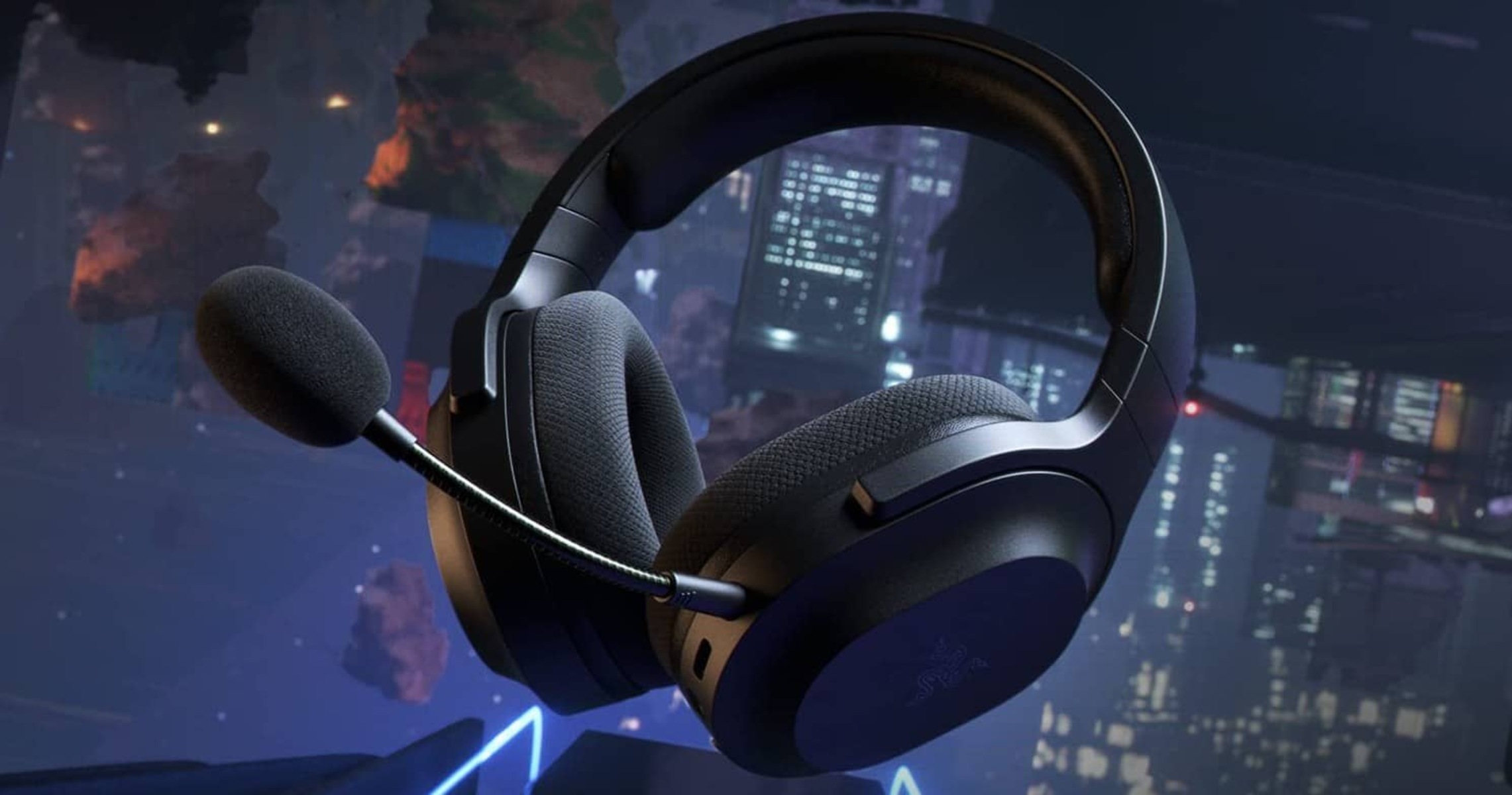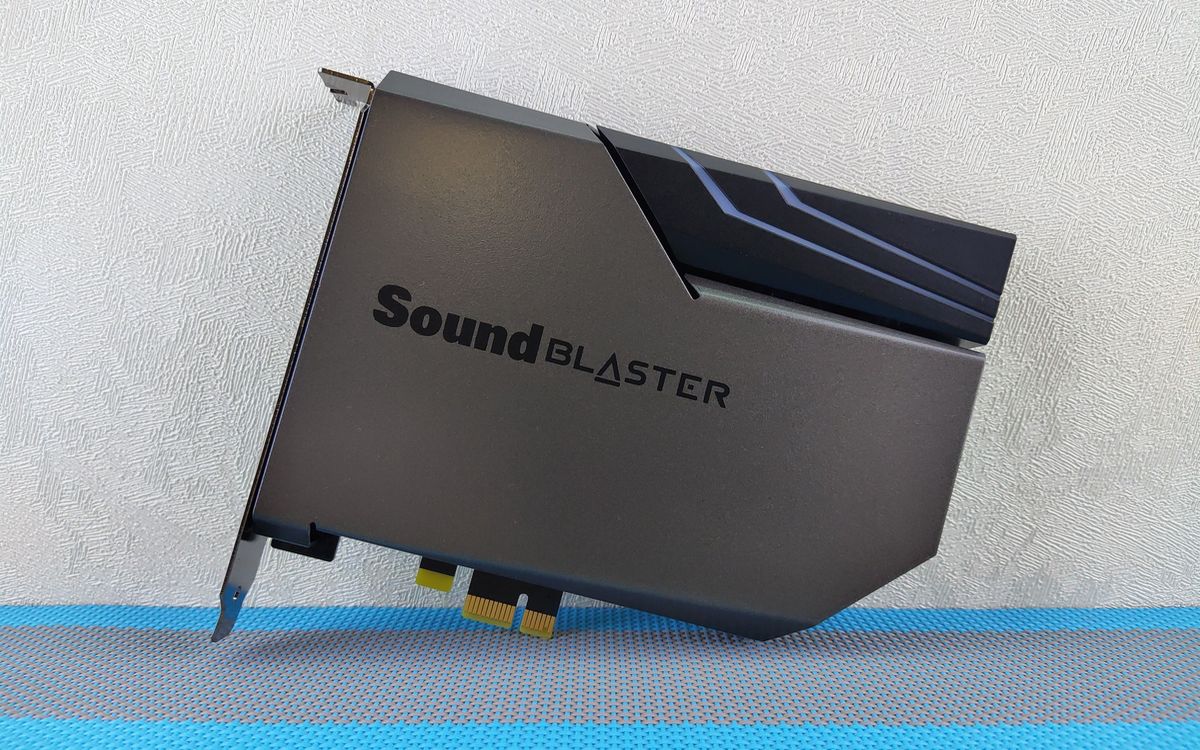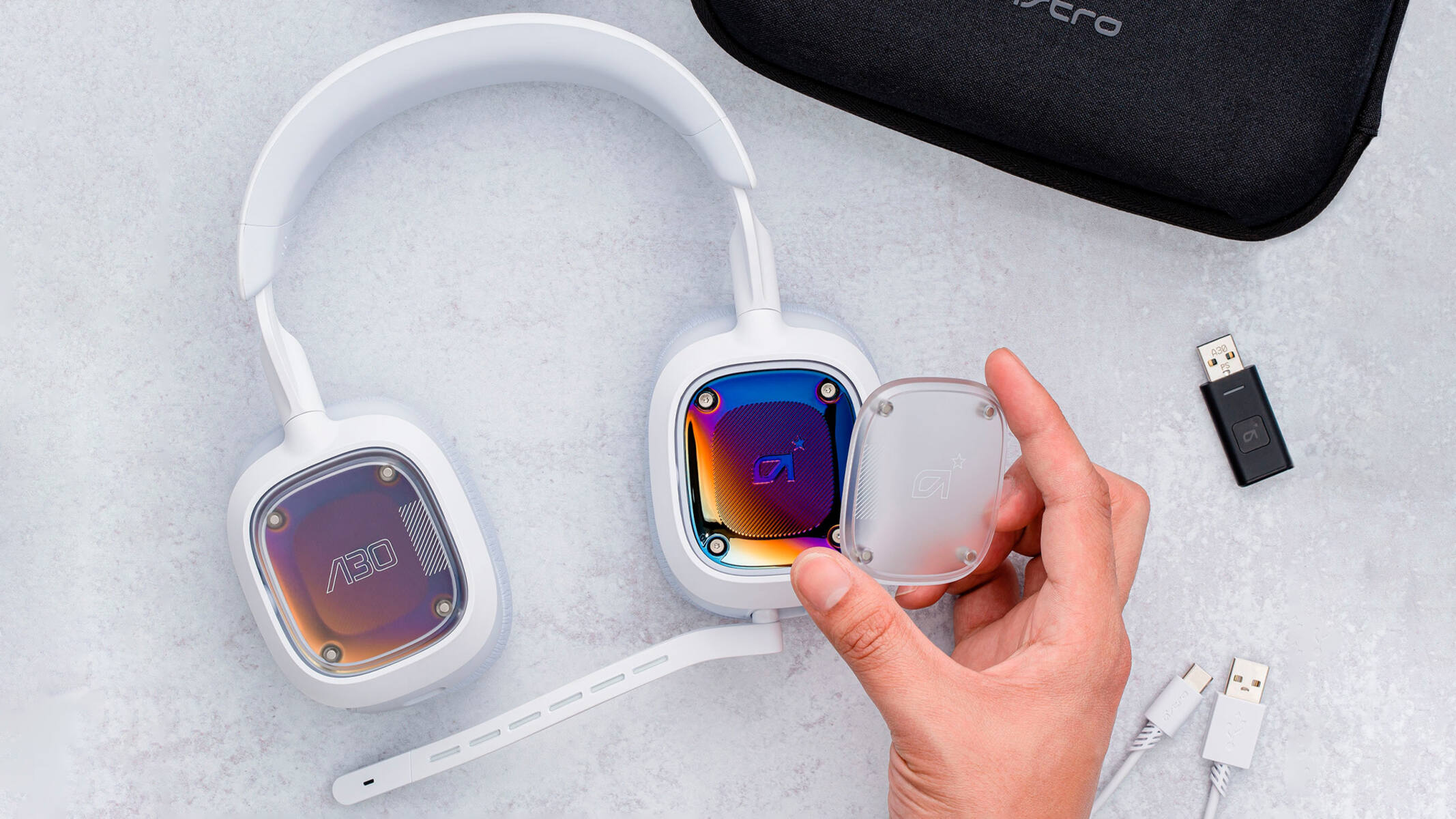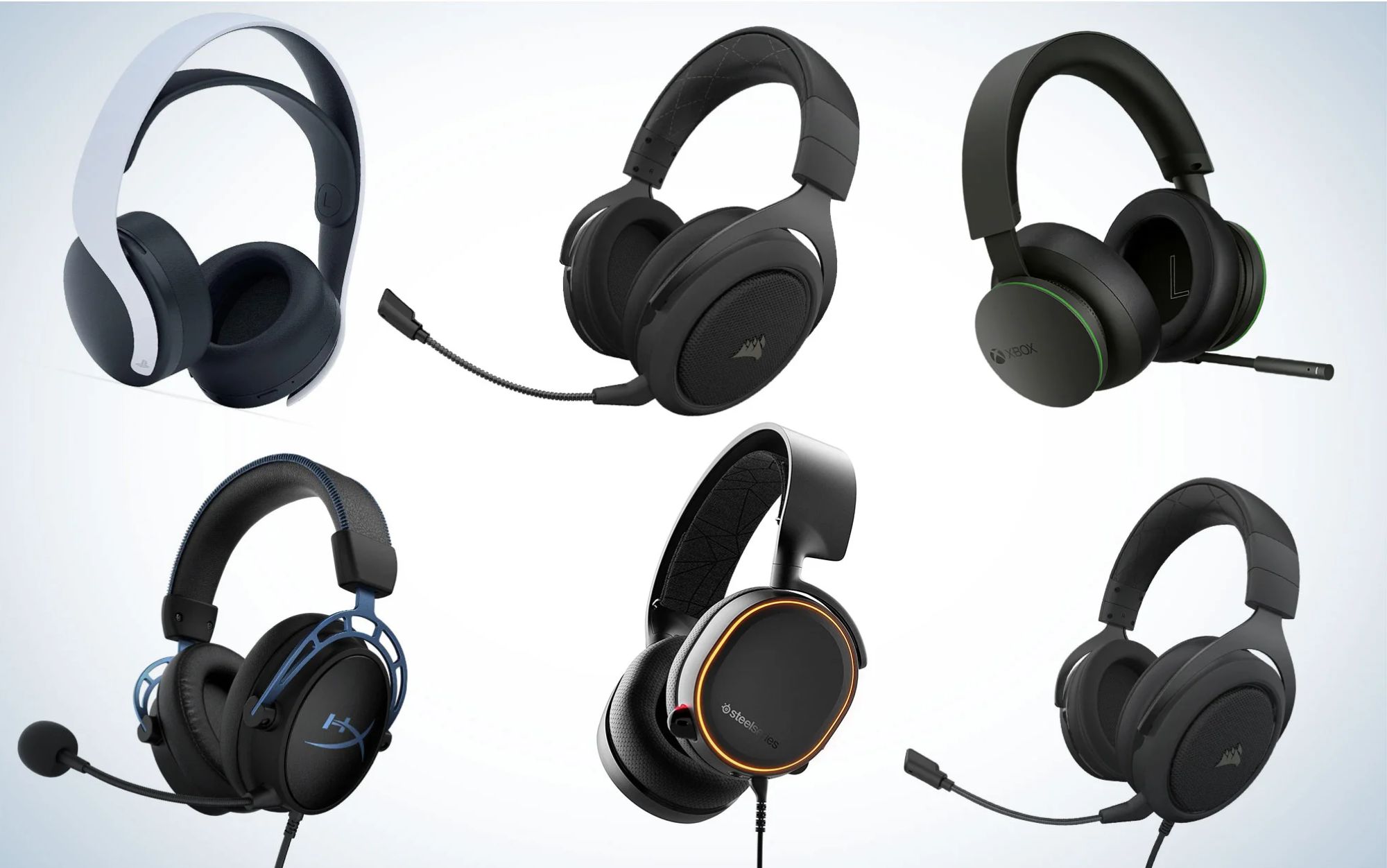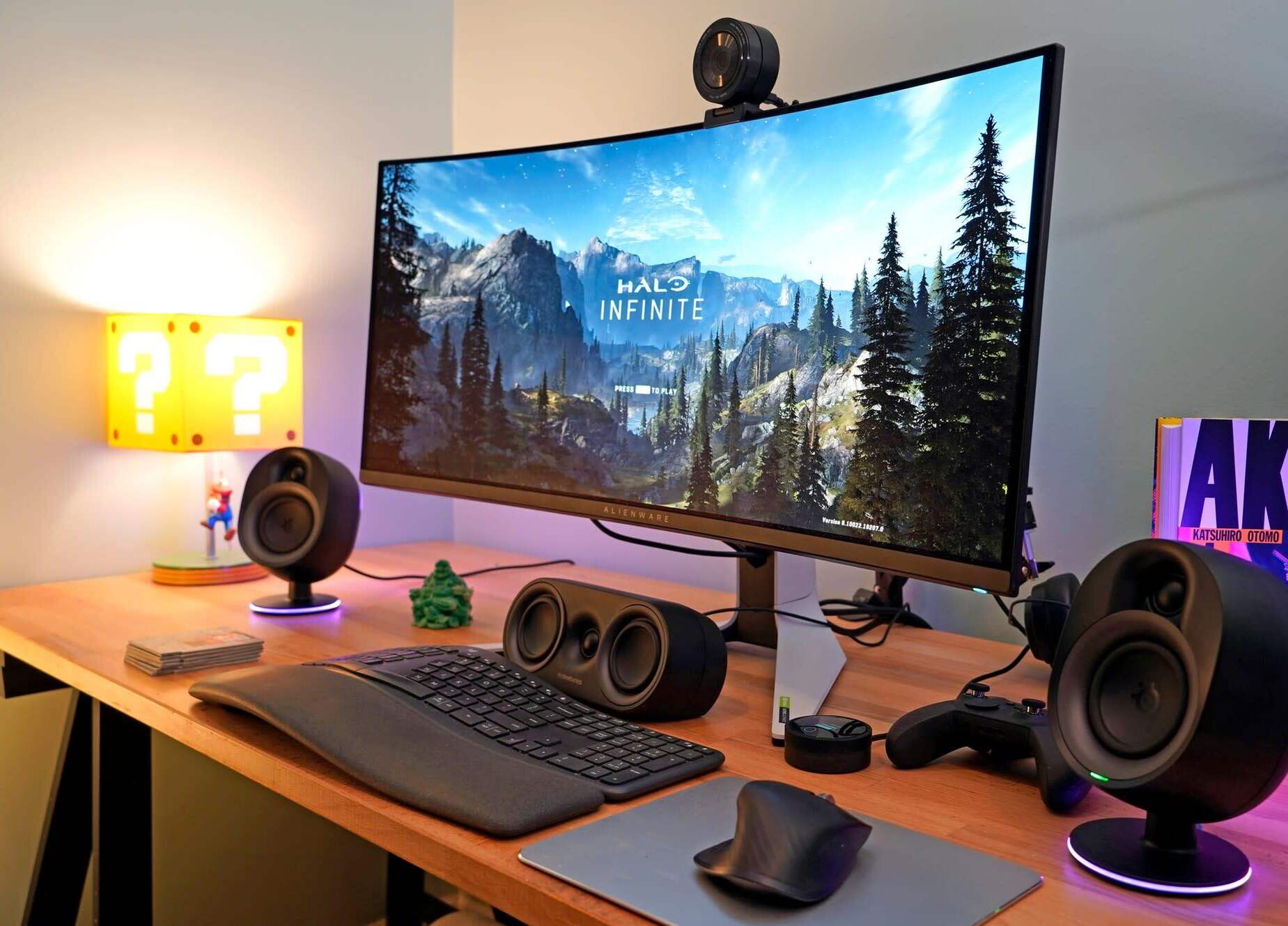Introduction
Welcome to our guide on how to make a 7.1 surround sound system for headphones! If you’re an avid gamer, movie lover, or music enthusiast, you know that a high-quality audio experience can truly enhance your enjoyment. While traditional surround sound systems are designed for speakers and room acoustics, a 7.1 surround sound system for headphones allows you to experience immersive sound right in your ears, creating a virtual surround sound experience.
But what exactly is a 7.1 surround sound system? In simple terms, it refers to a setup that consists of seven audio channels and one subwoofer channel, resulting in a total of eight channels. These channels work together to replicate the immersive sound you would typically experience in a movie theater or gaming arena. By distributing the audio across multiple channels, this technology creates a sense of depth, directionality, and realism in sound reproduction. It’s like having the action unfold all around you, making you feel like you’re right in the middle of the action.
There are several benefits to building a 7.1 surround sound system specifically tailored for headphones. First and foremost, it offers unparalleled control over your audio environment. With a traditional surround sound system, you need to consider the room’s acoustics and speaker placement to achieve optimal sound quality. In contrast, a headphone setup eliminates these concerns, allowing you to focus solely on creating the best audio experience for yourself. Additionally, a 7.1 surround sound system for headphones is portable and can be used with any device that supports headphone connectivity.
In this guide, we will walk you through the components needed to build a 7.1 surround sound system for headphones, as well as provide step-by-step instructions for setting it up. We’ll also discuss how to test and fine-tune your system to ensure optimal sound quality. So, if you’re ready to take your audio experience to the next level, let’s dive in and get started on creating your own 7.1 surround sound system for headphones!
What is a 7.1 Surround Sound System?
A 7.1 surround sound system is a configuration that expands on the traditional 5.1 surround sound setup by adding two additional speakers. The “7” refers to the seven audio channels, while the “.1” indicates the presence of a dedicated subwoofer channel. This setup is designed to provide a more immersive audio experience by creating a realistic soundstage and spatial positioning of sounds.
In a 7.1 surround sound system, the audio is divided into seven distinct channels: front left, front center, front right, rear left, rear right, rear center, and the low-frequency effects (LFE) channel for the subwoofer. The front speakers are responsible for delivering dialogue and main audio effects, while the rear speakers enhance ambient sounds and provide a sense of depth and dimensionality. The center speaker ensures clear and balanced dialogue reproduction, while the subwoofer handles low-frequency sounds and adds depth to explosions, bass, and other powerful audio effects.
The addition of two rear speakers in a 7.1 surround sound system further enhances the immersive experience. These rear speakers, commonly referred to as “side surround” or “rear surround” speakers, help to create a 360-degree sound field. They contribute to the overall surround effect and provide a more accurate placement of sound effects, making you feel like you are right in the middle of the action.
To fully appreciate the benefits of a 7.1 surround sound system, it is important to ensure that you have a compatible audio source, such as a Blu-ray player, gaming console, or media device that can output 7.1 channel audio. Additionally, you will need a receiver or amplifier that supports 7.1 surround sound processing and speakers capable of reproducing the various audio channels accurately. Modern home theater receivers often come equipped with 7.1 channel audio capabilities, making it easier to set up and enjoy an immersive audio experience.
With a 7.1 surround sound system, you can enjoy a more cinematic and immersive audio experience in the comfort of your own home. Whether you’re watching a blockbuster movie, playing video games, or listening to your favorite music, the precision and spatial accuracy of a 7.1 surround sound system will transport you into a new dimension of audio entertainment.
Benefits of a 7.1 Surround Sound System for Headphones
A 7.1 surround sound system for headphones offers several benefits that can greatly enhance your audio experience. Whether you’re a gamer, movie enthusiast, or music lover, here are some of the advantages of investing in a 7.1 surround sound system for headphones:
- Immersive Audio Experience: With a 7.1 surround sound system, you can enjoy a truly immersive audio experience. The multiple audio channels and virtual sound positioning create a three-dimensional soundscape, making you feel like you’re part of the action. Whether it’s the sound of bullets whizzing past your ears in a first-person shooter game or the subtle nuances of a movie soundtrack, the immersive quality of a 7.1 surround sound system can transport you into the virtual world like never before.
- Accurate Directional Audio: One of the key benefits of a 7.1 surround sound system is its ability to provide accurate directional audio. With dedicated speakers for each channel, you can hear sounds coming from specific directions with pinpoint accuracy. This is particularly advantageous in gaming, where you can locate enemy footsteps or gunfire with precision, giving you a competitive edge. In movies and music, it enhances the overall depth and realism of the audio by accurately reproducing the intended spatial positioning of sound effects and instruments.
- Enhanced Low-Frequency Effects: The dedicated low-frequency effects (LFE) channel and subwoofer in a 7.1 surround sound system are specifically designed to handle low-frequency sounds. This means that you’ll experience powerful and impactful bass, adding depth and intensity to explosions, rumbling thunder, or deep musical notes. The added emphasis on low-frequency effects can significantly enhance your audio experience, making it more immersive and engaging.
- Personalized Audio Environment: Unlike traditional surround sound systems that require speaker placement and room acoustics considerations, a 7.1 surround sound system for headphones offers a personalized audio environment. You can enjoy the benefits of surround sound without worrying about disturbing others or adjusting speakers. It gives you the freedom to create your own audio setup, tailored to your preferences, and enjoy a high-quality audio experience regardless of your physical surroundings.
By investing in a 7.1 surround sound system for headphones, you can take your audio experience to the next level. Whether you’re a competitive gamer looking for a competitive edge, a movie enthusiast seeking a more immersive cinematic experience, or a music lover craving the finest audio quality, a 7.1 surround sound system for headphones offers unparalleled benefits that will elevate your entertainment to new heights.
Components Needed for a 7.1 Surround Sound System
To build a 7.1 surround sound system for headphones, you’ll need several key components. These components work together to deliver the immersive and realistic audio experience you desire. Here are the essential components you’ll need:
- Headphones: Choose a high-quality pair of headphones that provide good sound reproduction and comfort for extended use. Look for headphones with a wide frequency response range and a closed-back design to minimize sound leakage and provide better isolation.
- Sound Card or Audio Interface: A sound card or audio interface is necessary to connect your headphones to your computer or audio source. Make sure to choose a sound card or audio interface that supports at least 7.1 channel audio output.
- Audio Source: This can be a computer, gaming console, Blu-ray player, or any device that can output 7.1 channel audio. Ensure that your audio source is compatible with 7.1 surround sound output and has the necessary ports or connections.
- Surround Sound Software: To fully utilize the capabilities of your 7.1 surround sound system, you’ll need software that enables virtual surround sound processing. There are various software options available, both free and paid, that can simulate surround sound and enhance your audio experience.
- Surround Sound Amplifier: A surround sound amplifier is essential for powering and processing the audio signals to your headphones. Look for an amplifier that supports 7.1 channel audio and offers features like equalization and surround sound processing.
- Surround Sound Decoder: If your audio source only outputs encoded surround sound formats such as Dolby Digital or DTS, you’ll need a surround sound decoder to decode these signals into individual audio channels for your headphones.
- Cables and Connectors: Depending on your setup, you’ll need various cables and connectors to connect all the components together. This may include HDMI cables, optical cables, RCA cables, and audio jack adapters. Ensure that you have the necessary cables and connectors for your specific setup.
- Room Acoustics Considerations: Although headphones eliminate the need to consider room acoustics in the same way as traditional surround sound systems, it’s still important to create a suitable listening environment. Choose a quiet room with minimal background noise and consider using acoustic panels or foam to improve the overall sound quality.
By gathering these essential components, you’ll have everything you need to set up your own 7.1 surround sound system for headphones. It’s important to choose high-quality components that are compatible with each other to ensure optimal performance and audio fidelity. Once you have all the necessary components, it’s time to move on to the next step – setting up your 7.1 surround sound system for headphones!
Step-by-Step Instructions to Make a 7.1 Surround Sound System for Headphones
Building a 7.1 surround sound system for headphones may seem like a complex task, but with the right guidance, it can be accomplished easily. Follow these step-by-step instructions to set up your own 7.1 surround sound system for headphones:
- Choose the Right Headphones: Start by selecting a pair of headphones that meet your audio quality and comfort preferences. Look for headphones that offer a wide frequency response, good sound isolation, and a comfortable fit for long listening sessions.
- Connect the Headphones to a Sound Card or Audio Interface: Use the appropriate cables to connect your headphones to a sound card or audio interface that supports 7.1 channel audio output. The connections may vary depending on the specific model of your sound card or audio interface.
- Connect the Sound Card or Audio Interface to Your Audio Source: Use the necessary cables to connect the sound card or audio interface to your audio source, such as a computer, gaming console, or Blu-ray player. Ensure that the output ports of the audio source match the input ports of the sound card or audio interface.
- Install Surround Sound Software: If your sound card or audio interface doesn’t come with surround sound software, install a virtual surround sound software of your choice. Configure the software to recognize your specific setup and enable the virtual surround sound processing.
- Set Up the Surround Sound Amplifier: Connect the surround sound amplifier to your sound card or audio interface using the appropriate cables. Adjust the amplifier settings according to the manufacturer’s instructions, ensuring that it is set to 7.1 channel audio output and any necessary equalization or surround sound processing settings are enabled.
- Ensure Proper Speaker Placement: Arrange the headphones in a way that simulates a surround sound setup. Position the front left and front right channels directly in front of your ears, the rear left and rear right channels behind you, and the rear center channel at the back of your head. The subwoofer channel can be perceived as a low-frequency effect by the headphones.
- Configure Surround Sound Settings: Depending on your sound card, audio interface, and surround sound software, you may need to configure the surround sound settings. This may involve selecting the appropriate audio channel configuration (e.g., 7.1 surround sound) and adjusting individual channel volumes for a balanced audio experience.
- Test Your Surround Sound System: Play various audio sources, such as movies or music, to test the functionality of your 7.1 surround sound system for headphones. Pay attention to the positioning of audio cues and the overall immersive experience. Make any necessary adjustments to the settings or speaker placement to achieve the desired audio quality.
By following these step-by-step instructions, you can create your own 7.1 surround sound system for headphones. Remember to consult the user manuals and instructions for each specific component to ensure proper setup and configuration. Once you have everything set up, you can sit back, put on your headphones, and immerse yourself in a world of high-quality, realistic audio.
Testing and Fine-Tuning Your 7.1 Surround Sound System
After setting up your 7.1 surround sound system for headphones, it’s important to test and fine-tune the system to ensure optimal audio performance. Here are some steps you can take to maximize the quality of your audio experience:
- Test Audio Accuracy: Utilize audio test tracks or software that provide various audio cues and test frequencies for each channel. This will help you verify that each audio channel is functioning correctly and positioned accurately in your virtual surround sound setup. Adjust the speaker placement if necessary.
- Adjust Channel Volumes: Fine-tune the individual channel volumes to achieve a balanced sound experience. You may need to adjust the volume levels of each channel to ensure that no audio channel overpowers the others. This will help create a cohesive soundstage and prevent any audio inconsistencies.
- Experiment with Surround Sound Software: Explore the settings and options available in your surround sound software. Experiment with different audio presets and configurations to find the one that suits your preferences. Some software may offer equalization options or customizable sound profiles that allow you to tailor the audio to your liking.
- Consider Room Acoustics: Although room acoustics play a minimal role in headphone setups, you can still make small adjustments to improve the audio quality. Consider adding acoustic panels or foam to absorb reflections and minimize echo in your listening environment. This can help create a more natural and accurate sound reproduction.
- Utilize Audio Calibration Tools: Some audio calibration tools, both hardware and software-based, can assist in fine-tuning your sound system. These tools may help you measure audio response, adjust audio delays, or optimize the audio settings for your specific headphone and surround sound system configuration.
- Seek Feedback: Share your audio setup with others and seek their feedback. Ask them to listen to various audio sources and provide their opinions on the overall sound quality. Their perspectives can help you identify any potential areas for improvement or areas where adjustments may be necessary.
Remember that the audio experience can be subjective, and personal preferences play a significant role. Take the time to experiment and find the settings that provide the best audio experience for your tastes. Fine-tuning your 7.1 surround sound system allows you to achieve a customized and immersive audio experience that truly enhances your enjoyment of music, movies, and games.
Conclusion
Creating a 7.1 surround sound system for headphones is a rewarding endeavor that can elevate your audio experience to new heights. By following the step-by-step instructions outlined in this guide, you can build a setup that delivers immersive sound, accurate directional audio, and enhanced low-frequency effects.
With a 7.1 surround sound system for headphones, you can enjoy a virtual surround sound experience right in your ears. Whether you’re gaming, watching movies, or listening to music, the precision and depth of the audio will transport you into a world of immersive entertainment.
Remember to choose high-quality components that are compatible with each other and follow proper setup procedures. Experiment with different surround sound software options and fine-tune your system to achieve the best possible audio quality.
It’s important to keep in mind that audio preferences are subjective, and what works best for someone else may not necessarily work best for you. Take the time to personalize your surround sound system based on your audio preferences and the specific characteristics of your listening environment.
With your own 7.1 surround sound system for headphones, you can enjoy a personalized and immersive audio experience that rivals that of a traditional surround sound system. So, put on your headphones, get ready to be blown away by the incredible audio quality, and enjoy a whole new level of entertainment!







